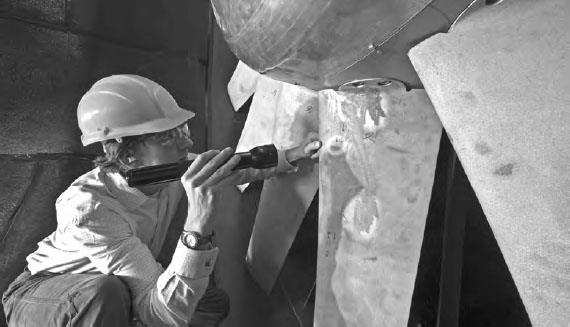FluidsAerodynamics |
What is drag? |
Drag is a force that opposes the motion of an object through a fluid. An object is often said to be “aerodynamic” when its drag forces are kept to a minimum.
There are two types of drag on an airplane: parasitic and induced. Parasitic drag is the force when an airplane wing, automobile, or any other object moves through a fluid. The amount of drag depends on the density of the fluid, the square of the speed of the object, the cross-sectional area of the object, and its shape. A large fuselage, like that of a 747, has more drag than a small fighter airplane. A tear-drop shaped object has less drag than a rectangular block. A parachute is designed to have a high drag.
Induced drag is a consequence of the lift generated by the wing. It is a function of the angle of attack of the wing—the lower the angle of attack, the smaller the induced drag. It occurs at the outer edge of the wing where the downward motion of the air caused by the wing meets the undisturbed air next to it. Induced drag causes vortices, the spiral motion of air that can be extremely dangerous to planes flying behind or below. Induced drag can be reduced by putting small, tilted surfaces on the wing tips.

